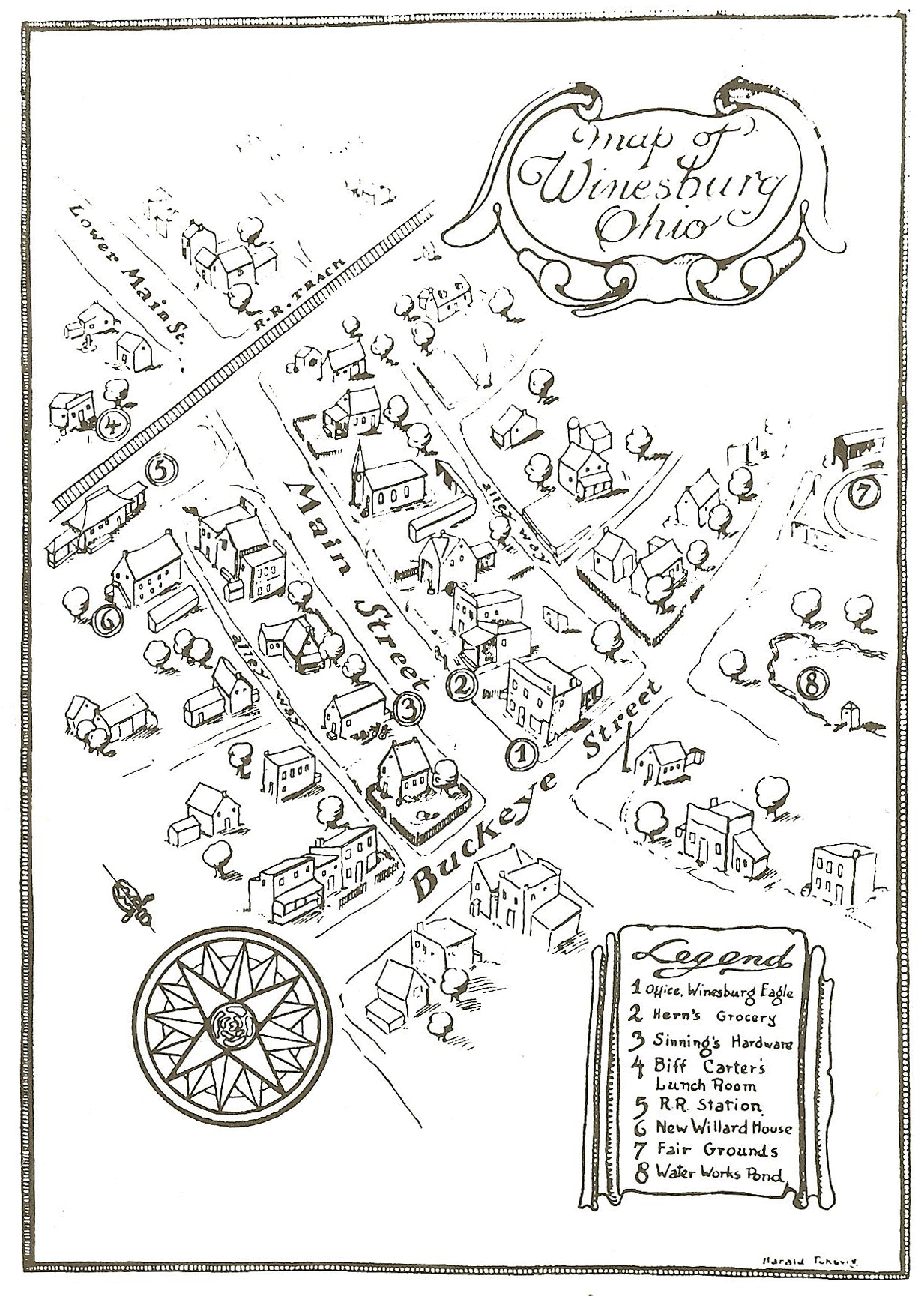In
A Moveable Feast Hemingway calls Ezra Pound:
“the man I liked and trusted the most as a critic then, the man who believed in the mot juste- the one and only correct word to use…”
Like Flaubert, Hemingway was known to be a believer in the ‘exact, right word’ and is
widely admired for his ability to cut to the chase and deliver a punch in just
a few, well-chosen words.
Yesterday’spost mentioning In Our Time jogged my memory about one of my formative “mot
juste” reading experiences. It happened while I was reading the short story “Big Two-Hearted River” in
that early collection of Hemingway’s, and it consisted of one simple sentence.
If you’ve read that two-part short story, you know it’s light
on plot, but heavy on description. In minute detail, we follow the character of
Nick Adams heading out, alone, on a fishing trip. Though it’s not explicitly
stated, the story’s got a lot to do with coming home from war and the regenerative
powers of nature. But in the midst of his lengthy descriptions of the trout
visible in the clear water of the river, Hemingway delivers this short
paragraph:
“His heart tightened as the trout moved. He felt all the old feeling.”
For
whatever reason, that last line absolutely knocked me on my tookus. To the point that I
still remember it ten years later. Hemingway didn’t even have to tell us what
the feeling was (Did Nick feel jittery? Serene? Ecstatic? Sentimental? Enthralled?
In his element? Happy? What?!) He didn’t have to scour the thesaurus for just
the right phrasing or color. What was it Nick felt? The old feeling! All of it. Nothing more.
How
incredibly plain and simple that is, but how effective it is in showing us that
this renewed connection with nature is rejuvenating and invigorating and
relaxing and a hundred other things, too. It doesn’t matter what the feeling
was, what matters is the effect it had on the character. And that’s what makes
it exactly the right word to use. I'm in awe of that kind of finesse.














